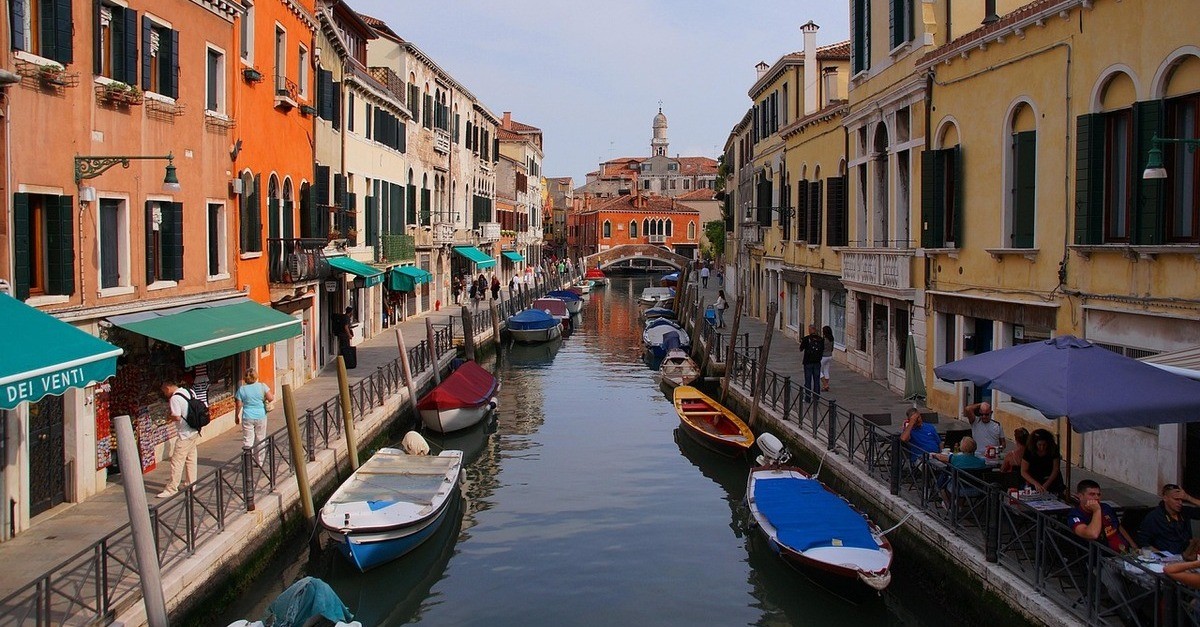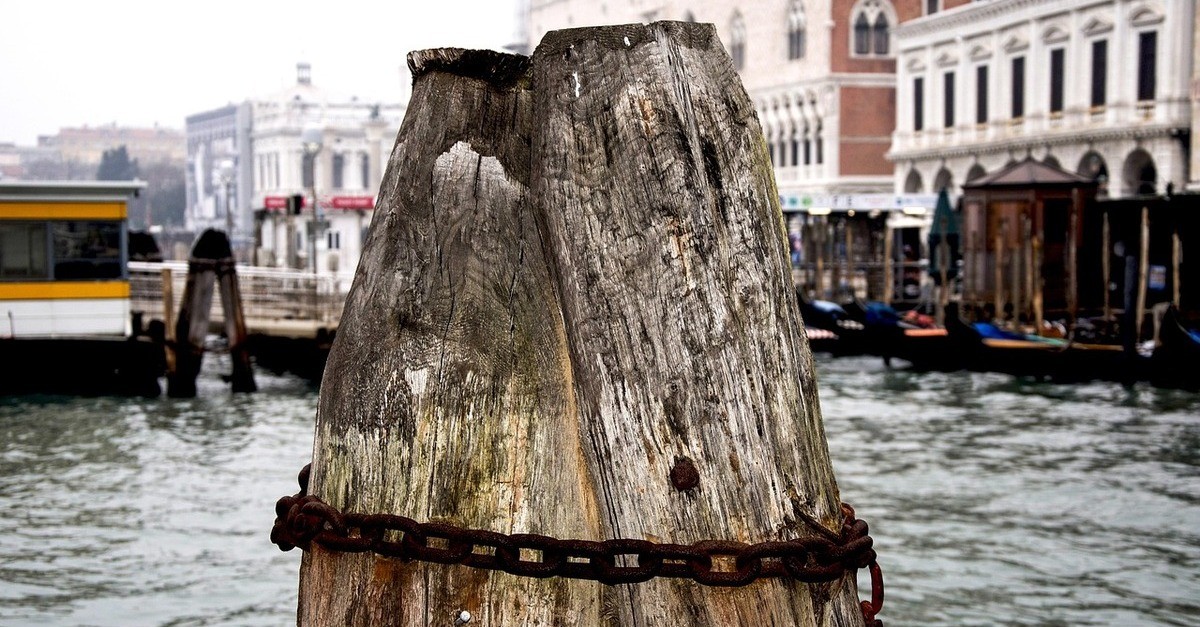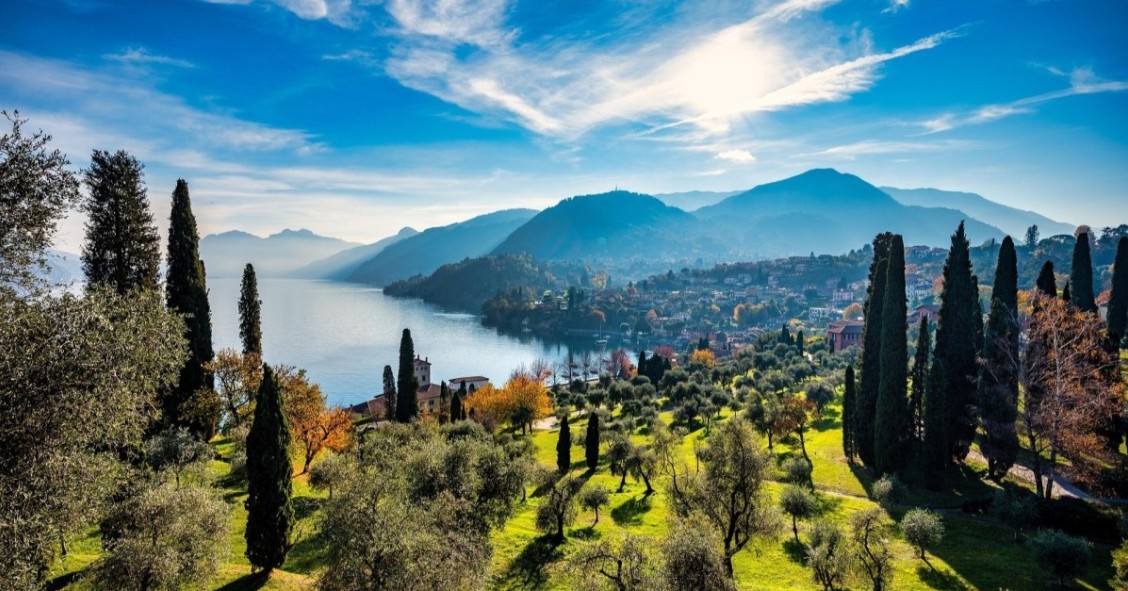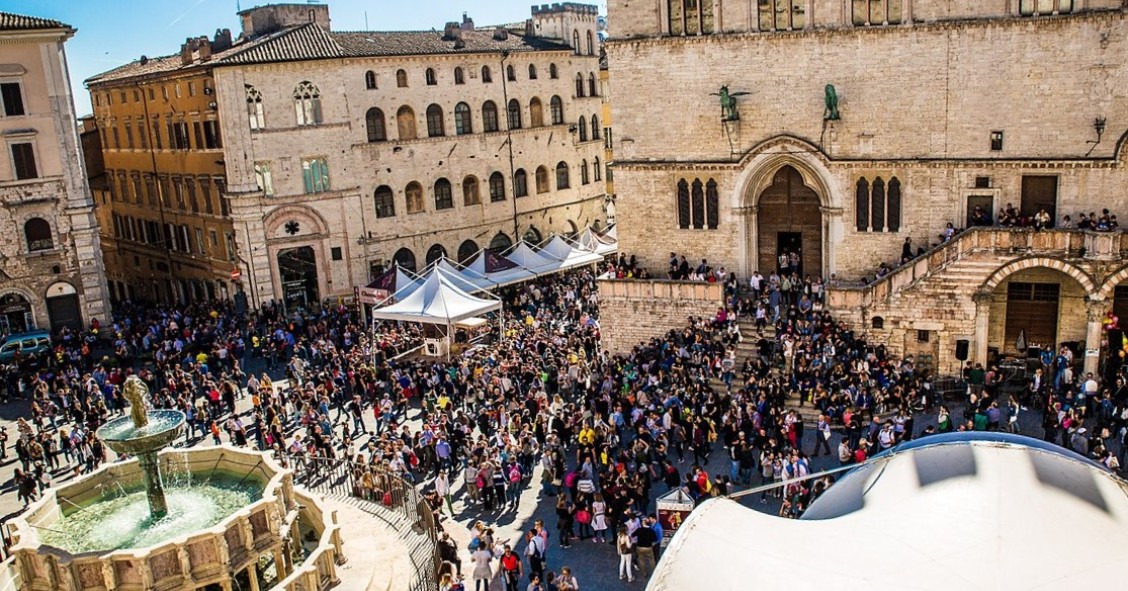
Venice is one of the most fascinating places in the world, regarded as a marvel for its unique architecture. The city is built on an archipelago of lagoon islands, giving it the appearance of being eternally suspended over the water. However, its construction required advanced engineering solutions to ensure stability on marshy and unstable ground. To understand how one of the world’s most admired artistic symbols came to be, we must explore the history and techniques that enabled Venice to emerge. This is how Venice, the Italian masterpiece of lagoon engineering, was built.
The history of Venice’s construction
Before becoming one of the world’s most renowned tourist destinations, with a rich historical and commercial past, Venice was little more than a small settlement. Its origins date back to the 5th century AD, when local populations sought refuge in the lagoon to escape barbarian invasions. Initially, it consisted of simple stilt houses, but over time, more advanced techniques were developed to construct stable buildings on the muddy, waterlogged ground.
To create solid foundations, the Venetians adopted an innovative method: driving thousands of wooden piles into the lagoon bed until they reached a compact layer. This unusual yet highly advanced engineering solution allowed for the construction of stable buildings despite the constant presence of water, enabling the city to grow in a uniquely distinctive manner.
Over time, Venice developed into a network of canals and grand palaces, thanks to the skill of its architects and the quality of the materials used. The city became a major commercial and political hub, reaching its peak splendour between the Middle Ages and the Renaissance.

How does Venice float on water?
How can an entire city, with all its architectural weight, remain afloat without sinking? To answer this question, it is important to clarify that Venice does not actually float on water. Instead, it stands on a complex structure of wooden piles embedded in the lagoon’s muddy seabed. These piles, primarily made from oak, larch, and alder, are driven deep into the clay and silt layers until they reach a more compact stratum known as caranto.
On top of these piles, wooden platforms are laid, upon which buildings are constructed using bricks and Istrian stone. This technique ensures the city’s stability despite the constant presence of water.
Why don’t the wooden piles supporting Venice rot?
A key factor in Venice’s sophisticated construction lies in the materials used. As mentioned, the piles are primarily made from oak, larch, and alder—types of wood that do not rot when submerged in an anaerobic environment, meaning one devoid of oxygen, like the lagoon. Several additional factors contribute to their long-term durability:
- Lack of oxygen: The piles are completely submerged in the lagoon’s muddy seabed, where oxygen is scarce. This prevents the growth of aerobic bacteria and wood-decaying fungi, which are the main agents of decomposition. Without these microorganisms, the wood does not rot.
- Mineralisation process: The lagoon water, rich in mineral salts, gradually deposits minerals into the wood fibres, hardening them over time. This process, known as partial petrification, further strengthens the structural integrity of the piles.
- Use of water-resistant wood: The Venetians carefully selected woods with natural durability. Larch, for instance, becomes even harder when submerged for long periods, while alder maintains its structural resistance even in humid conditions.
Thanks to these factors, the wooden foundations of Venice have withstood the test of time, allowing the city to remain standing for centuries.

The alternation of bricks
The use of wooden piles is not the only technique behind Venice’s resilience. Another crucial method is the so-called alternation of bricks. This technique, employed to enhance the strength of buildings, involves a specific arrangement of bricks within walls to better distribute loads and prevent structural failures. Combined with the use of Istrian stone—a material highly resistant to saltwater—this approach has ensured the long-term durability of Venetian buildings.
In essence, bricks in Venice are not laid uniformly but follow a precise alternation of solid and hollow placements in a sequence that optimises weight distribution. This method results in a more flexible structure, reducing the risk of collapse—an essential factor given that the buildings rest on wooden and stone foundations.
When was Venice built?
Venice was not founded at a single moment in time but developed gradually, beginning in the 5th century AD. However, the traditional date of the city’s birth is 25 March 421, when, according to legend, Venice’s first church, San Giacomo di Rialto, was consecrated.
Between the 8th and 9th centuries, Venice underwent its first major transformation, evolving into a true city with an organised system of canals, bridges, and public buildings. In 828, it became a significant political and religious centre with the arrival of the relics of Saint Mark, stolen from Alexandria, Egypt. It was during this period that the first Basilica of Saint Mark was built, and Venice strengthened its autonomy, emerging as a dominant maritime power in the Mediterranean.
Venice reached its peak during the 12th and 13th centuries, when it became one of the wealthiest and most powerful centres in Europe. The construction of stone palaces, grand architectural projects, and control over maritime trade marked the height of its influence. It became one of the four great maritime republics and a thriving cultural hub. During this golden age, the Serenissima wrote the most important chapters of its history before its political dominance began to wane.






